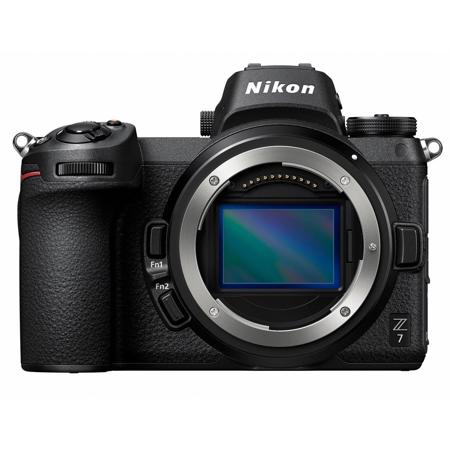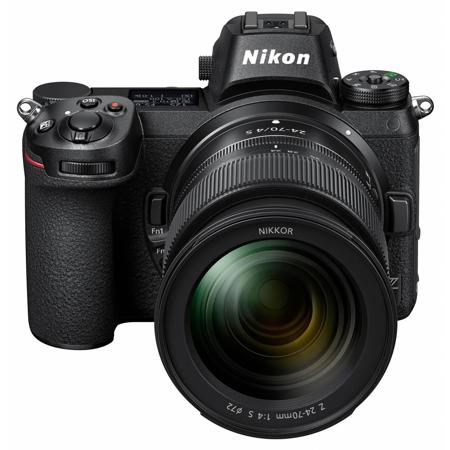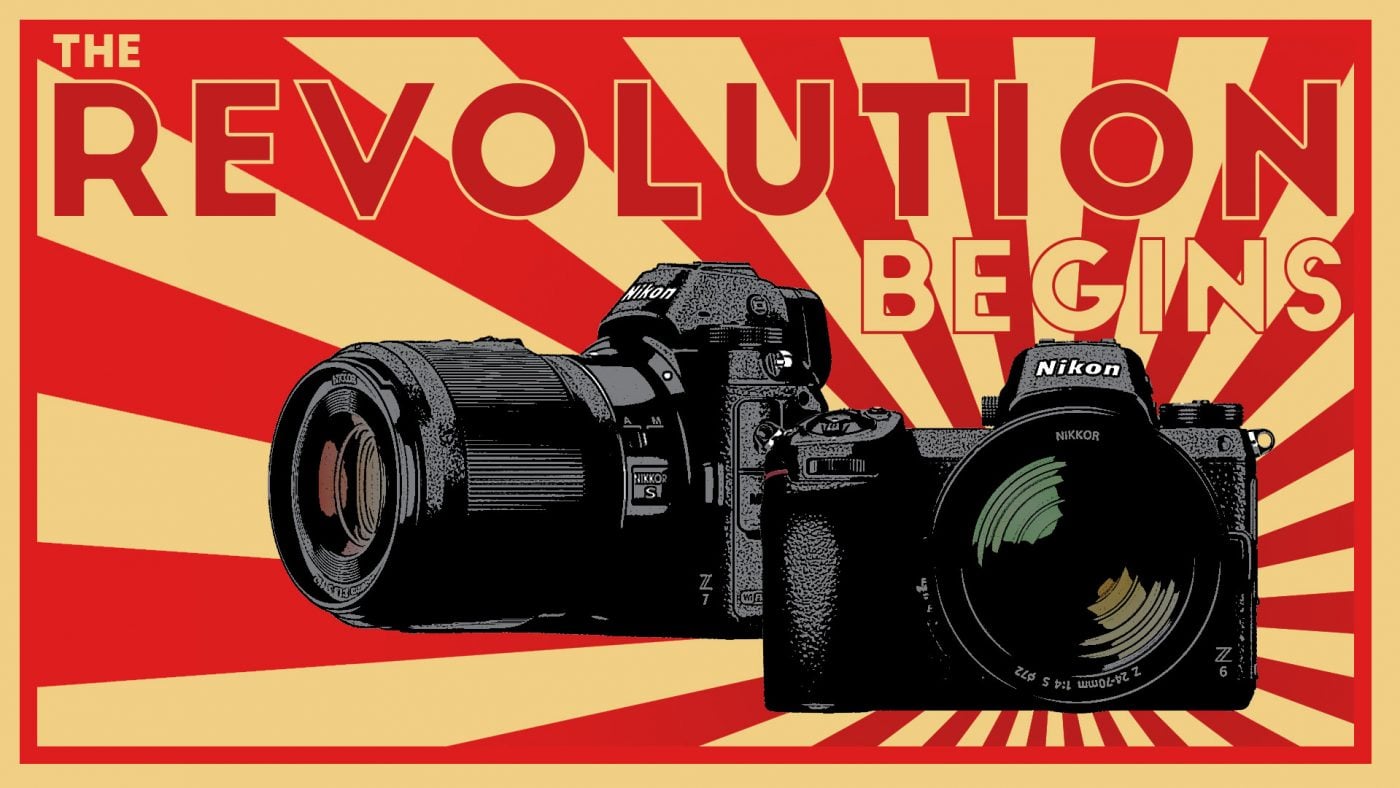After releasing teasers for weeks, Nikon finally announced their first full-frame mirrorless cameras today, the Z6 and Z7, both of which are adorned by the Z-mount, Nikon’s first completely new full-frame lens mount since the introduction of the F-mount in 1959. Along with the two mirrorless cameras, Nikon has announced three new Z-mount lenses: a Z-Nikkor 24-70 f/4, a 50mm f/1.8, and 35mm f/1.8. In addition to the Z-mount lenses, Nikon has announced a 500mm f/5.6E PF ED VR lens for their standard F-mount.
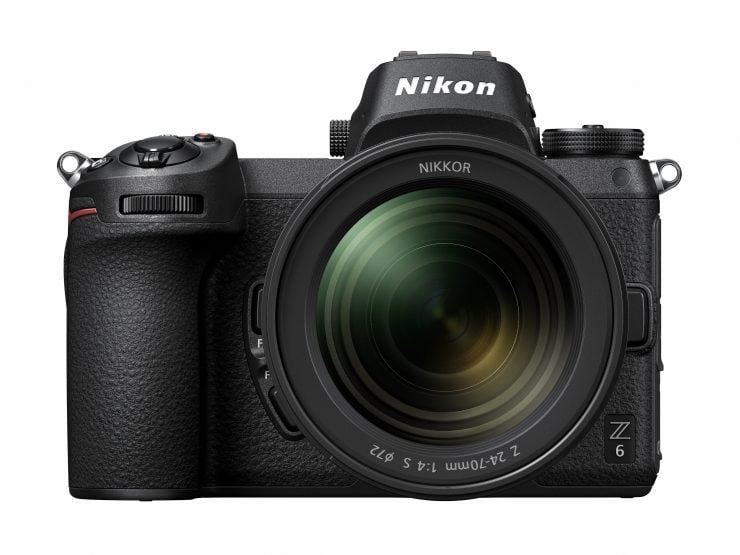
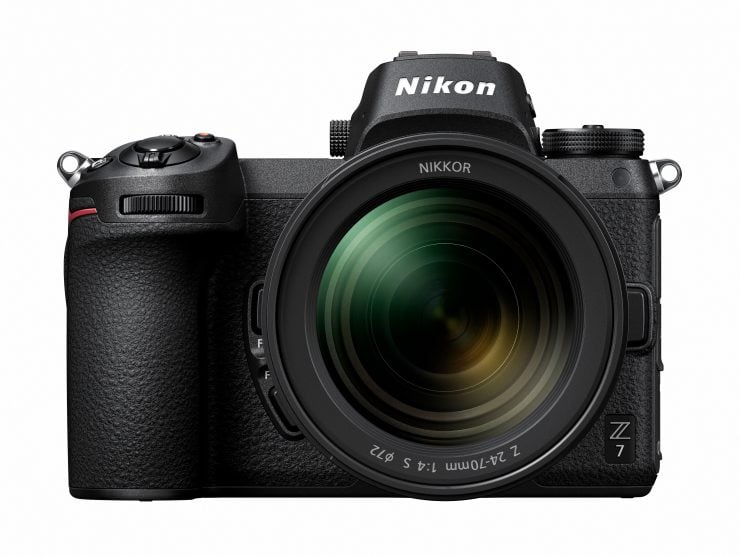
The Nikon Z-Mount
Nikon is trumpeting the virtues of their new mount, which is nearly 20% larger in diameter than the F-mount. The Z-mount has an interior diameter of 55mm, while the old F-mount was only 47mm. Though Nikon now boasts that they have the largest mount on the full-frame market, it’s worth noting that the Canon EOS cameras introduced the EF mount in 1987 with a 54mm interior diameter: a very modest difference, at most. However, as a mirrorless camera, the distance between the mount and the sensor1 This is technically called the Flange Focal Distance, or FFD. is only 16mm, which Nikon claims is ideal for designing sharp, compact, and optically fast lenses.
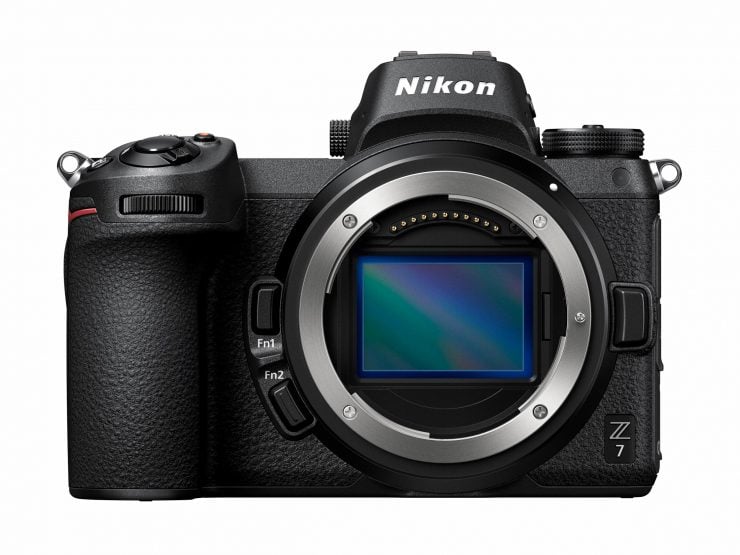
The New Mirrorless Cameras
Nikon dropped into third place in the USA in full-frame camera sales last year, despite the popularity of the excellent D850. In fact, Sony recently conquered Canon and Nikon and is currently sitting on the iron-throne of full-frame camera sales in the USA, bolstered by the popularity of their A7 and A9 lines.
So how do the new models measure up against Sony’s existing cameras? As we’ve expected, the Nikon Z6 is similar to the Sony A7III, and the Z7 is positioned to compete with the Sony A7RIII.
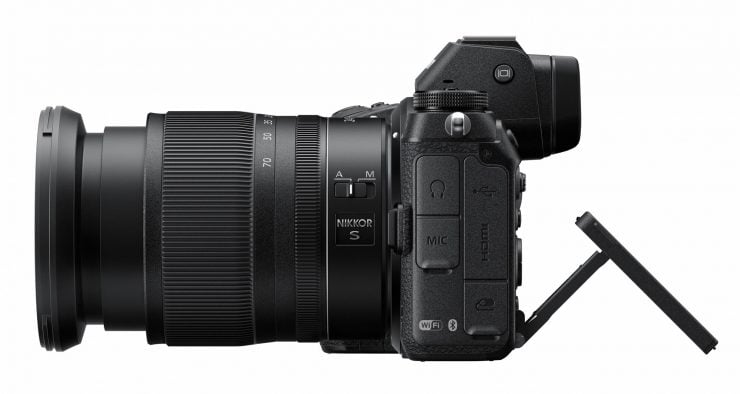
The Nikon Z6 is built for speed and agility, with a 24.5 megapixel sensor that can capture shots at 12 frames per second (though the fine-print says that this is only true for 12-bit RAW files, not 14-bit). For a more detailed look at the specs and a comparison with the Sony A7III, take a look at my article here.
The Nikon Z7 is for those who prefer to work with higher resolution images and is built around 45.7 megapixel sensor, but it’s still no slouch when it comes to high-speed performance, shooting nine frames per second and using 473 autofocus points. For an in-depth comparison of the Z7 with the Sony A7RIII, take a look here.
Both cameras have compact, lightweight bodies with built-in 5-axis image stabilization. For file storage, the cameras can use either a single XQD card, a single CF Express card, or two SD cards (depending on which storage adapter you want to use). Body design has many nods to existing mirrorless cameras; the thumb-dial on the rear-right side of the body is virtually identical to the exposure compensation dials found on Sony and Fuji mirrorless cameras, though Nikon’s may be more general purpose. Both Nikon Z bodies have a small LCD panel on the top of the body that is in the tradition of their DSLRs, but looks almost identical to that found on the Fuji X-H1.
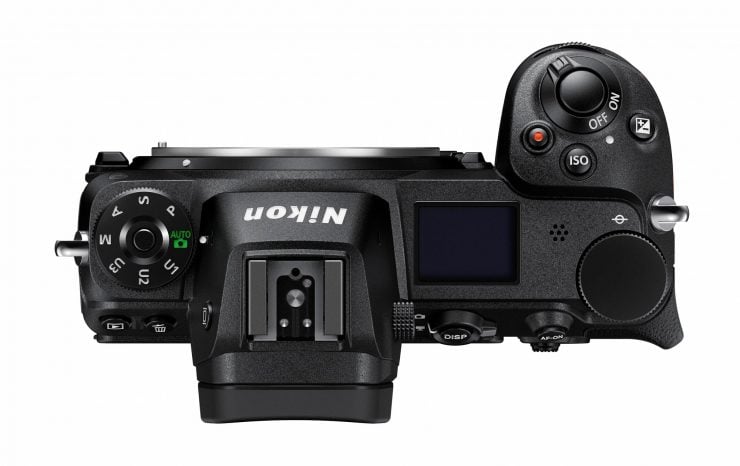
Obvious Problems?
There’s room to nit-pick with any camera, but is there anything that appears to be a major problem here?
Battery life jumps out.
According to Nikon’s documentation, the CIPA battery tests rate the Nikon Z6 and Z7 at right around 320 shots per charge of the EN-EL15b battery, and even fewer if you opt for the older 15a instead. Of course, these “shot” numbers are meaningless; but they do indicate that the battery life is about half as long as the Sony A7III.
People will complain about the single memory card slot, and perhaps that it is an XQD slot rather than a fast SD. I’d also prefer two slots, but it’s not a deal breaker.
The New Lenses and The Road Map
As if the mirrorless bodies and Z-mount were not enough, Nikon announced the new “S-line” of lenses, which they claim are designed to an even higher standard than previous lenses (taking full advantage of the new mount), and also built with stricter tolerances. The “S-line” will no doubt remind many of us of Canon’s “L” lenses, though their styling is more reminiscent of Sigma’s “ART” line.
The first three lenses available for the Z-mount are all in the S-line. They include the NIKKOR Z 24-70mm f/4 S, NIKKOR Z 35mm f/1.8 S, and the NIKKOR Z 50mm f/1.8 S. Just as importantly, Nikon announced a lens-adapter for the use of F-mount lenses on Z-mount cameras.
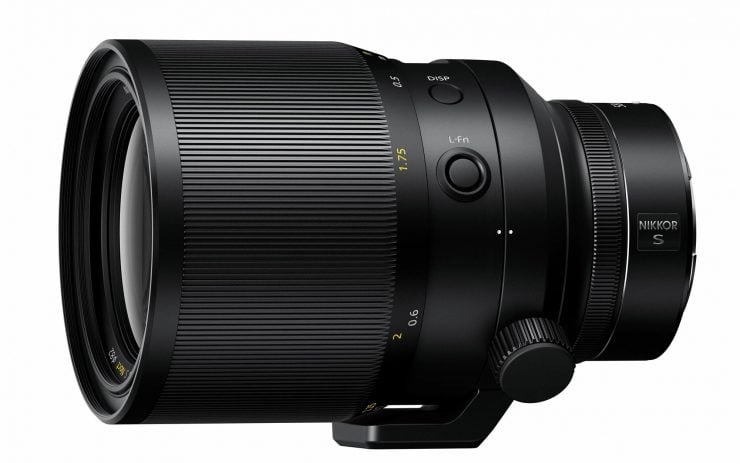
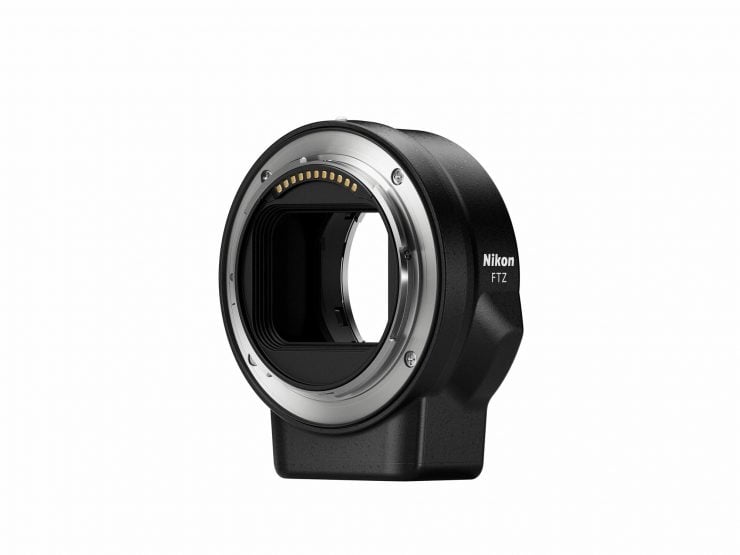
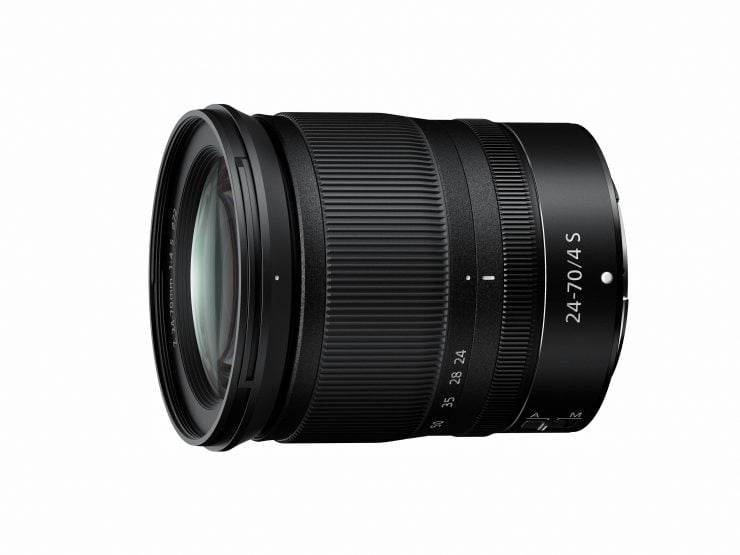
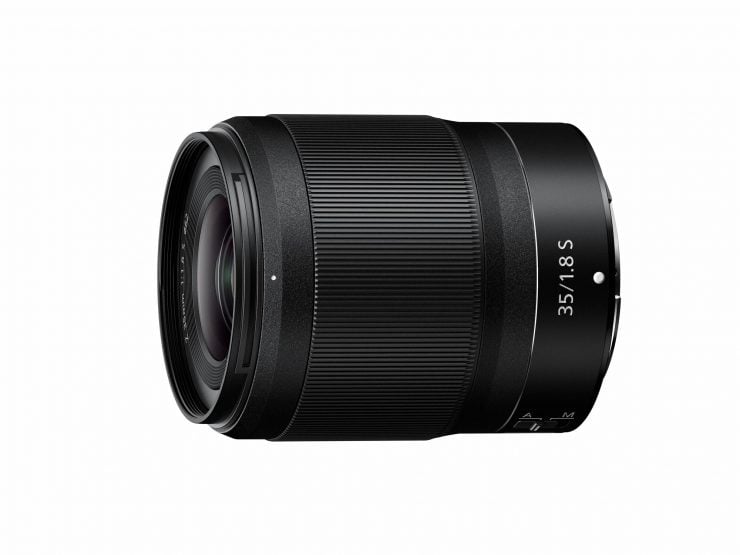
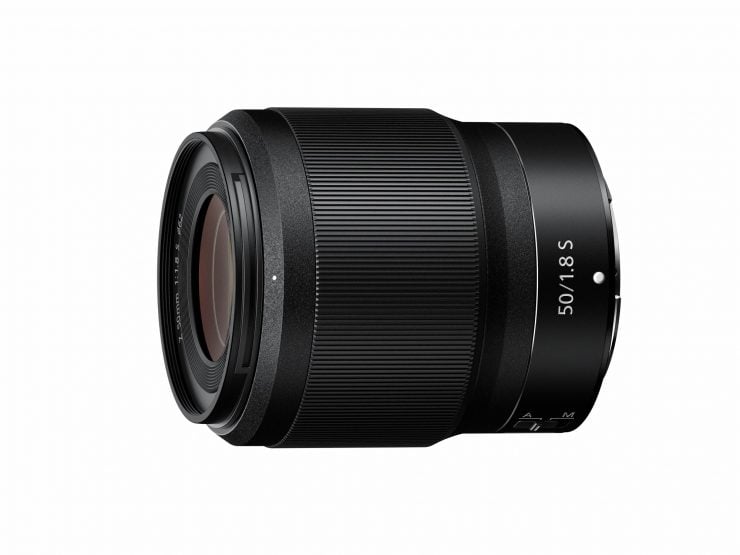
And finally, Nikon announced the development of a lens that will be available in the distant future for Z-mount: the NIKKOR Z 58mm f/0.95 S Noct, which will undoubtedly be the envy of every bokeh aficionado on the planet, if it ever comes to market.
To complement these three lenses (and the Noct), Nikon will be releasing several new lenses over the next two years. Next year’s lenses will include 24-70 f/2.8 and 70-200 f/2.8 in Z-mount. A road map can be seen below.
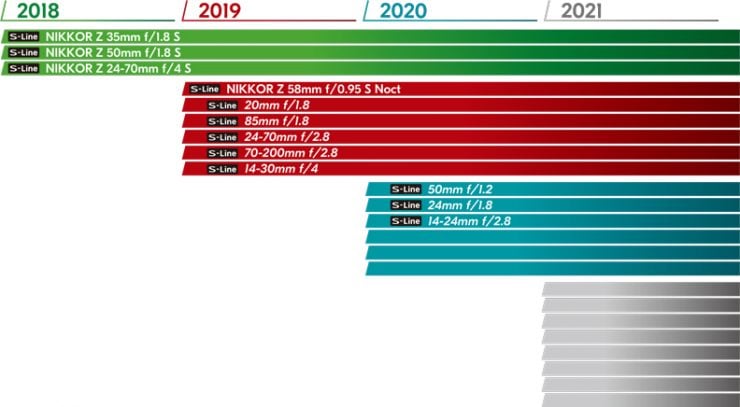
Prices and Availability
The Nikon Z7 will be available first, around September 27th, at a price of $3399 for the body, or $3999 for a kit including the Z 24-70 f/4 S lens. However, the Z6, which is likely to be more popular, will not hit store shelves until late November, at which time it will cost $1999 for the body, or $2599 with the 24-70 f/4 kit lens.
The FTZ Lens mount adapter will cost about $250 if you purchase it separately, but will only run you about $150 if you bundle it with the camera.
It turns out that Z-mount lenses are not cheap. The 35mm f/1.8 lens will be available at the same time as the Z7 in September for a price of $849, as will the 24-70 for $999. In late October, the 50mm f/1.8 will be available for $599… more than twice the price of Nikon’s current 50mm f/1.8G for F-mount.
All of these products can currently be pre-ordered at Adorama Photo or B&H Photo.
